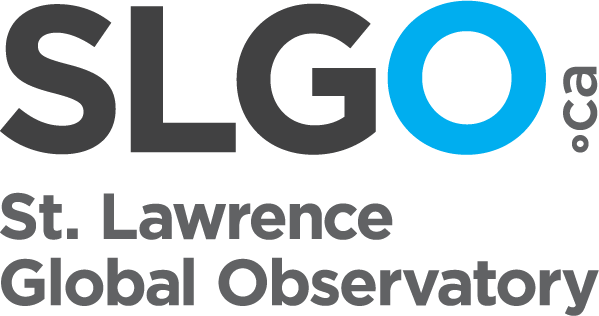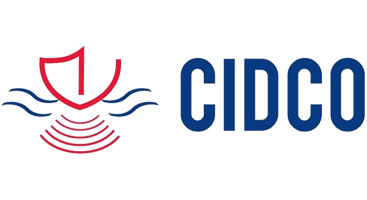The aim of this project is to generate benthic substrate classification datasets using a supervised machine learning model (trained with field truth data) and an unsupervised machine learning model (trained without field truth data). These two models use Hackel parameters calculated with bathymetry data. Hackel parameters are the parameters characterizing the geometry of the seabed, such as flatness, linearity, sphericity, verticality, and surface variation.
Bathymetric data were acquired with a Seabat 7125 multibeam sounder (1x1m resolution) from October 15, 2018 to October 18, 2019 on the north shore of the Maritime Estuary (from St-Ludger Bay to Godbout) and post-processed with the CUBE method.
Concerning substrate classification data, two datasets were generated with two machine learning models:
- A first model trained with field truth data from Fisheries and Oceans Canada and using a gradient reinforcement method.
- A second model trained without field truth data and based on a Gaussian mixture method.
The generation of the final classification datasets was finalized on May 16, 2023.
The aim of generating this data is to facilitate the classification of substrates for various fields (fishing, dredging, gas and oil) via artificial intelligence, and to make it more accessible because it is less expensive from an operational point of view.
This project was funded by Fisheries and Oceans Canada's Coastal Environmental Baseline Program under the Oceans Protection Plan.
For further information, please consult the following paper: Labbé-Morissette, G., Leclercq, T., Charron-Morneau, P., Gonthier, D., Doiron, D., Chouaer, M. A., & Munang, D. N. (2024). Classification of Coastal Benthic Substrates Using Supervised and Unsupervised Machine Learning Models on North Shore of the St. Lawrence Maritime Estuary (Canada). Geomatics, 4(3), 237-252. https://doi.org/10.3390/geomatics4030013, 2024.
 10.26071/ogsl-66c132fc-b150
10.26071/ogsl-66c132fc-b150



